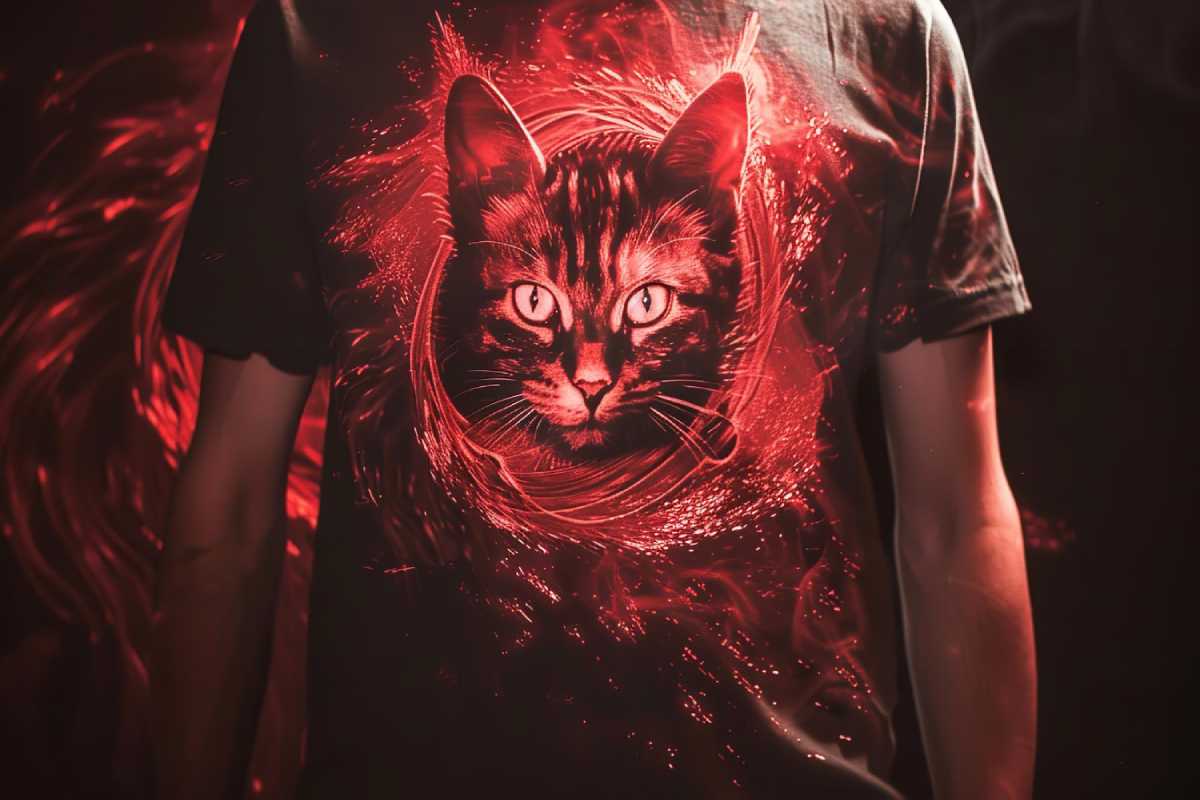
California DTF Application Tips for Clean Prints
Why California DTF Printers Need Application Precision
The California DTF industry has become a hub for innovation and creativity, but achieving professional-quality results depends heavily on precision during application. Even the most vibrant dtf transfers can lose their impact if improperly pressed. California-based businesses serving diverse markets—from fashion-forward Los Angeles boutiques to Silicon Valley corporate merch—need flawless execution to stay competitive.
Preparing Garments for Flawless DTF Transfers
Before applying California DTF prints, garment preparation is crucial. Fabrics must be pre-washed to eliminate shrinkage and residues that can interfere with adhesion. Pre-pressing the garment removes wrinkles and moisture, creating a smooth surface for dtf transfers. Skipping this step often results in uneven bonding, peeling edges, or bubbling under the print after washing. Taking a few extra seconds upfront ensures a cleaner and more durable application.
Optimal Heat Press Settings for California DTF Success
Precise heat press settings are key to maximizing the quality of California DTF prints. Most dtf transfers require pressing at 300°F–320°F for 15–20 seconds with medium to firm pressure. However, fabric type and film formulation can affect results. For example, polyester blends may require slightly lower temperatures to avoid scorch marks. Regular calibration of your press ensures consistent results across different garment types.
Peeling Techniques That Define Transfer Quality
In California DTF shops, knowing whether a film requires hot, warm, or cold peel makes all the difference. Each dtf transfers film behaves differently, and improper peeling can damage the design. Cold peel films generally provide smoother finishes, while hot peel films are faster for high-volume production. Following manufacturer guidelines and testing with your specific fabrics ensures the final print looks professional and long-lasting.
Maintaining Equipment for Cleaner DTF Prints
Proper maintenance is essential for consistent California DTF production. Clogged printheads, uneven heat platens, or worn pressing pads can compromise dtf transfers quality. Clean your printer regularly, check ink levels, and ensure your heat press distributes heat evenly. Many California print shops schedule weekly inspections and calibrations to prevent costly mistakes during peak production periods. A well-maintained setup produces sharper, cleaner prints with less waste.
Quality Control Practices in California DTF Shops
Successful California DTF businesses prioritize quality control. This includes testing dtf transfers for wash durability, stretch resilience, and edge adherence. Randomly sampling finished garments ensures your workflow remains consistent and your products meet customer expectations. Some shops even provide care cards with washing instructions to prolong the life of prints and reduce customer complaints. Quality assurance practices are what separate top-performing print shops from average competitors.
Conclusion
Clean, professional-quality application is the backbone of successful California DTF printing. From preparing garments and calibrating heat presses to peeling correctly and performing quality checks, every step impacts the durability and appearance of dtf transfers. By mastering these application tips, California print shops can deliver flawless results that keep customers coming back and elevate their reputation in a competitive market.
Frequently Asked Questions
What is the best temperature for DTF pressing?
Most DTF transfers perform best at 300°F–320°F with medium to firm pressure.
Do I need to pre-wash garments before pressing?
Yes, pre-washing removes residues and shrinkage, ensuring better adhesion for DTF prints.
How do I know if my film is hot peel or cold peel?
Check manufacturer instructions—using the wrong peel method can damage the transfer.
Can I apply DTF transfers to polyester fabrics?
Yes, but you may need slightly lower heat settings to avoid scorching.
Why does my transfer peel at the edges?
This can be caused by uneven pressure, insufficient heat, or poor garment preparation.
How can I keep my prints from cracking after washing?
Proper curing, correct heat press settings, and advising customers on gentle washing extend durability.
Do I need to maintain my heat press regularly?
Yes, consistent calibration ensures even heat distribution and prevents uneven transfers.
What type of film produces the cleanest results?
Cold peel films generally create smoother, cleaner finishes on garments.
Can I reuse transfer film after peeling?
No, transfer films are single-use only and should be discarded after application.
How do I improve quality control in my shop?
Conduct wash and stretch tests, sample random items, and provide care instructions to customers.






